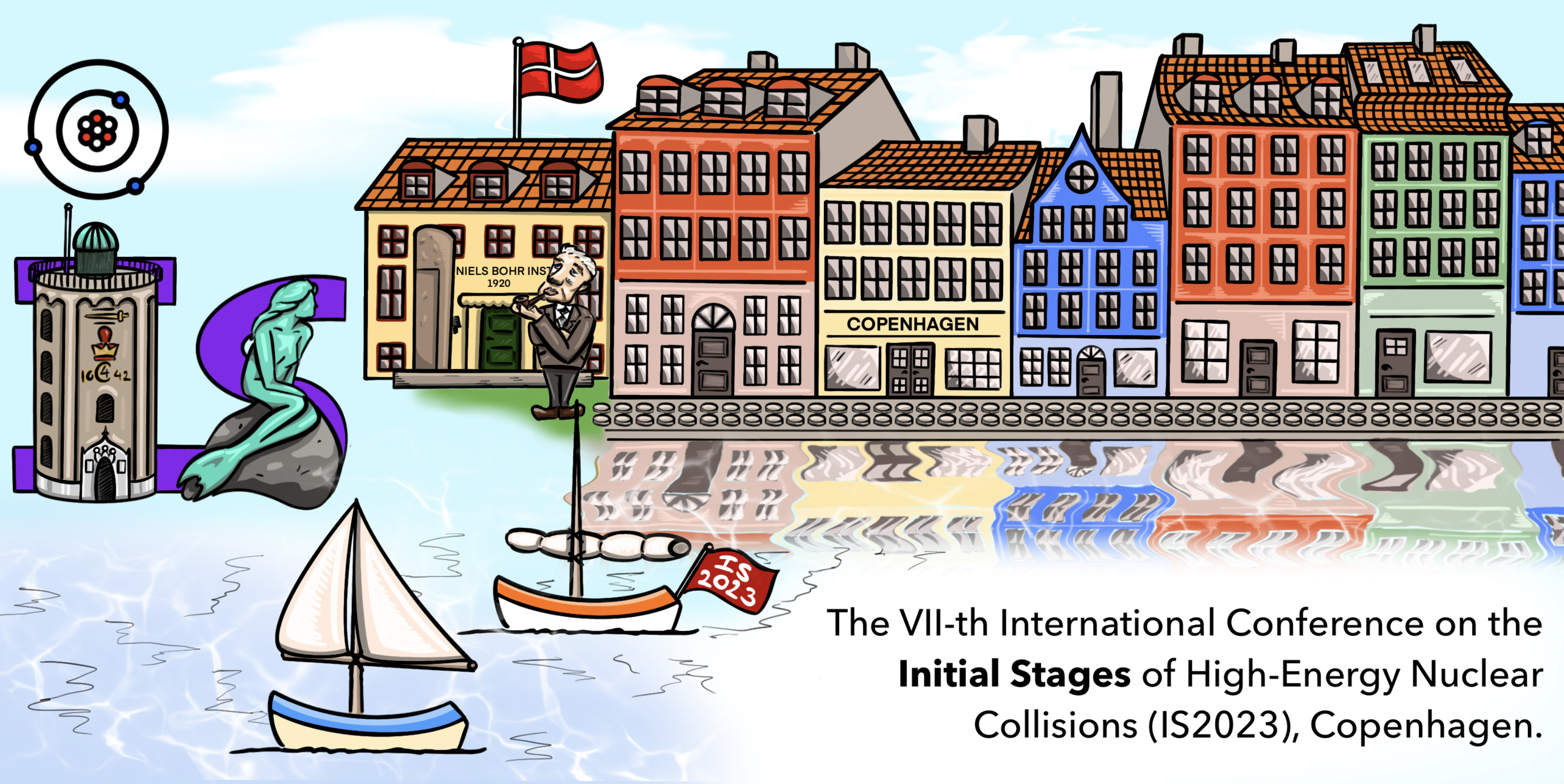Speaker
Description
The gluon density has been observed to increase rapidly with energy, which would eventually violate unitarity. At high energies, however, nonlinear effects start to become important, slowing down the evolution of the gluon density and hence giving rise to gluon saturation. To study this saturation region of QCD one possibility is to look at diffractive processes, as being approximately proportional to the gluon density squared these are especially sensitive to saturation effects. It is thus important to have a precise theoretical understanding of diffractive processes, the simplest of which is the inclusive diffractive particle production that can be written in terms of the diffractive structure functions.
In this talk, we will show results from our on-going work on calculating diffractive structure functions at NLO in the dipole picture [1], where the interaction with the hadronic target is described by the Color Glass Condensate effective field theory. This calculation will complete the work done on Ref. [2] where the finite contribution for the initial-state gluon emission was calculated. In particular, we will show the cancellation of the divergences from the different Feynman diagrams in the process, along with the importance of resumming logarithmic rapidity divergences in the interaction with the target by the Balitsky-Kovchegov equation. The resulting finite expressions are in a form that is directly suitable for numerical calculations, which allows for phenomenological analyses of diffractive structure functions at NLO.
[1] G. Beuf, T. Lappi, H. Mäntysaari, R. Paatelainen, J. Penttala, in preparation
[2] G. Beuf, H. Hänninen, T. Lappi, Y. Mulian, H. Mäntysaari, Phys.Rev.D 106 (2022) 9, 094014, arXiv: 2206.13161 [hep-ph]
| What kind of work does this abstract pertain to? | Theoretical |
|---|---|
| Which experiment is this abstract related to? | Other |
